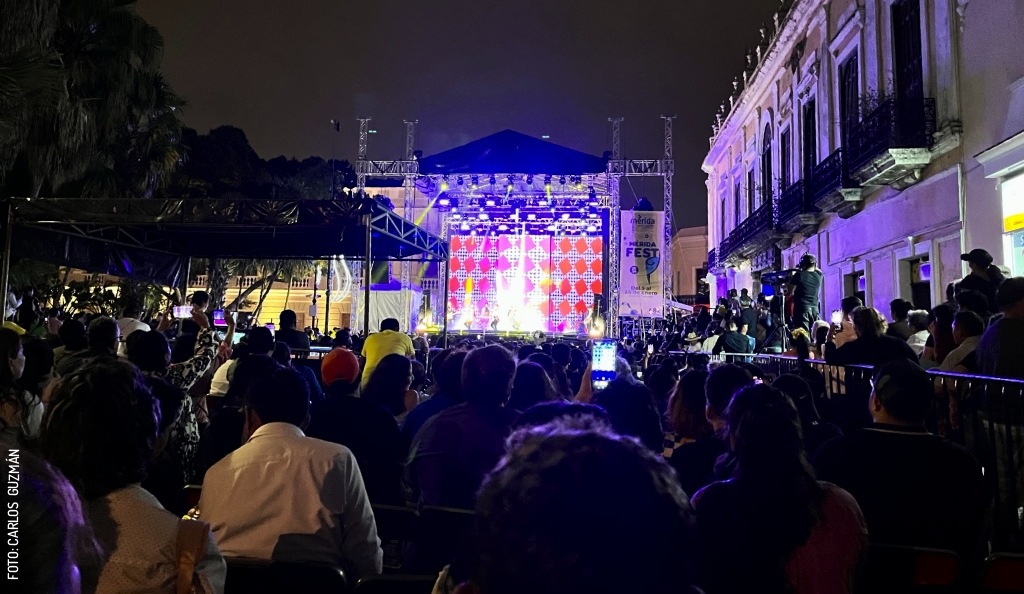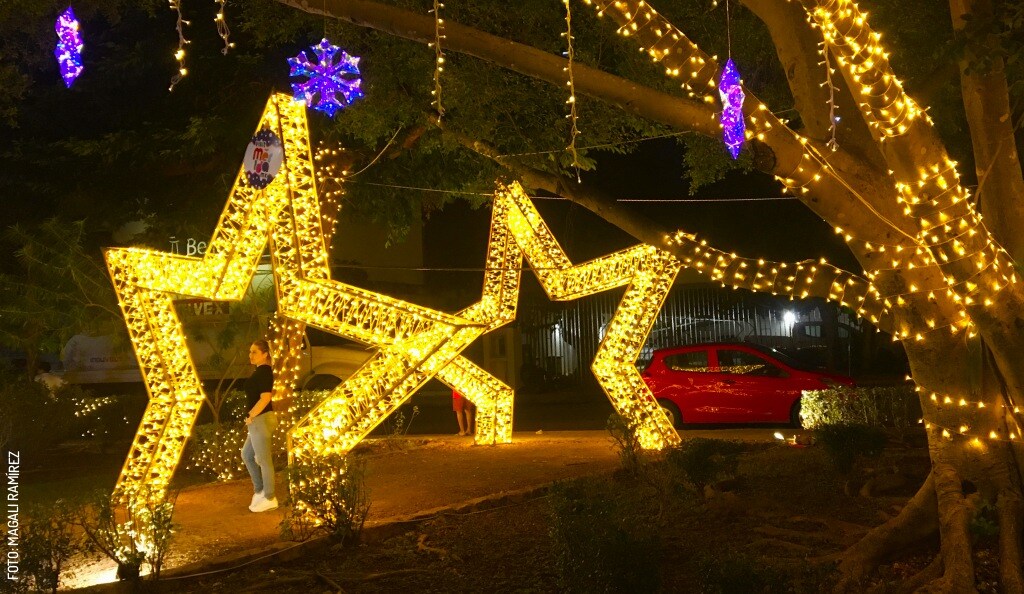
Christmas in Yucatán
Christmas in Yucatán, Celebrate Christmas in Yucatán
The chillier nights of December mean Christmas is on the way. While we cannot offer you snow-covered lanes or chimneys for Santa, Mexico does have its own unique and memorable array of traditions.
Las Posadas
Christmas festivities begin on December 16 with posadas, nine consecutive days of candlelight processions, and lively parties. Throughout Mexico, young people gather in the afternoons to reenact the holy family's quest for a place to sleep in Bethlehem.
The procession is headed by a diminutive Virgen María, often sitting atop a live burro, led by an equally tiny José. They are followed by other children who portray angels, the Three Kings, and a host of shepherds, all decked out in colorful handmade costumes and carrying walking staffs or paper lanterns.
The parade of holy pilgrims stops at a designated house to sing a traditional litany in which the holy family requests shelter for the night and those waiting behind the closed door continue to turn them away. They proceed to a second home where the scene is repeated. At the third stop the pilgrims are told that while there is no room at the inn, they are welcome to take refuge in the stable. The doors are opened to the weary travelers and everyone is invited to enter. While this is an active way of teaching children the story of the Nativity, the chief attraction is the merrymaking that follows, the ruthless smashing of piñatas, and a mad scramble for the shower of candies released from within.
Las Pastorelas
Shepherds' plays are staged throughout the holiday season by both amateur and professional groups, and at schools throughout the region. Dating back to Mexico's Colonial period when Roman Catholic missionaries wooed converts and taught doctrine through dramatizations of Biblical stories, the light, humor-filled Pastorelas tells of the shepherds' adoration of the Christ Child. First, they are visited in the fields by an angel who announces the holy birth. As the shepherds attempt to follow the great star leading them to Bethlehem, they are plagued by a series of evils and misadventures provoked by the Devil, who doesn't want them to reach their destination. But in the end, good triumphs over evil, and the shepherds make it safely to Bethlehem.
Nochebuena
Holiday festivities on Christmas Eve include a traditional family Christmas supper which may feature a simple fare of homemade tamales or a more exotic feast of bacalao a la vizcaina (Biscayan cod), roast turkey, ham, or suckling pig. Afterward, families head to church for Midnight Mass. The evening is rounded out with the opening of gifts and, for the children, piñatas, and sparklers. As these happy family gatherings generally last into the wee hours, December 25th is set aside as a day to rest and enjoy that universal holiday bonus -- leftovers. Santa Claus is not normally a part of the Mexican Navidad. A Mexican child's holiday wish list is directed to el Niño Dios (the Holy Child), and the Magi for Three Kings Day on January 6th.
El Nacimiento
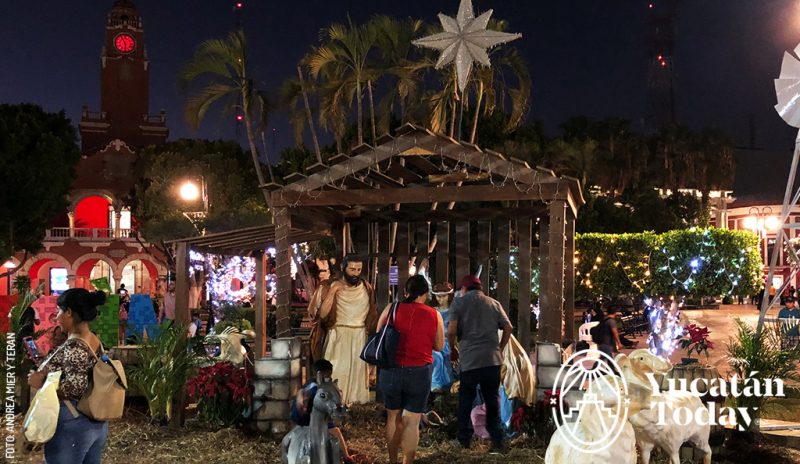
While both artificial and real Christmas trees are popular here, in most Mexican homes the principal holiday decoration is el Nacimiento (nativity scene). The focal point is a "stable" where clay or plaster figurines of the Holy Family are sheltered. The scene may be further populated by an angel, the Magi, an ox, shepherds, and their flocks, and assorted other people and livestock. Sizes range from something which fits into a small corner, to major masterpieces which may occupy an entire room, often near the front of the house for convenient viewing by neighbors and passersby.
A natural-looking terrain is created that may include a series of hills and dales, a cellophane waterfall, a mirror pond, artificial trees, and little houses set to form an entire village scene. The scene will not be completed until late on Christmas Eve or early Christmas morning when the newborn Baby Jesus is finally laid in the manger bed.
Santos Inocentes
December 28, Day of the Holy Innocents, is a religious commemoration of King Herod's ordering of the slaughter of all male infants in his kingdom, intended to include the Christ Child. In México, it is celebrated as a day akin to April Fool's Day, an occasion for jokes and pranks. The usual tactic is to ask to borrow cash or some object of value. The trickster then has the right to keep said object for a year. So beware, or you may find yourself titled Fool Saint for a day!
Año Nuevo
On December 31, the new year is welcomed in much the same way as in other parts of the world. In Mérida, the family usually spends the evening together until midnight. After a family's midnight dinner, the young people get together and celebrate with friends.
Los Reyes Magos
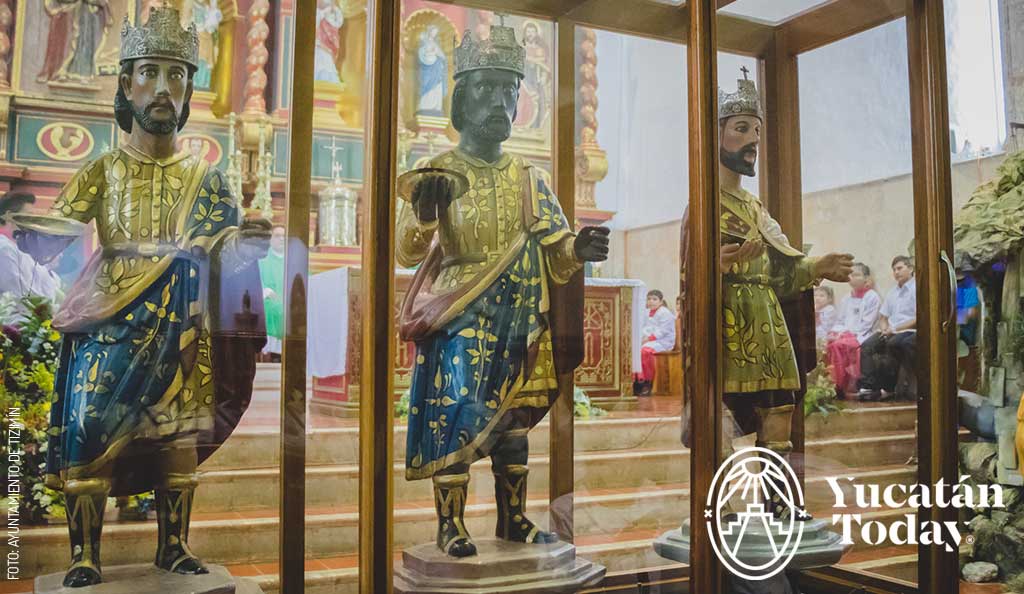
The Christmas season continues until January 6 (Epiphany), which is called Día de Los Reyes (Three Kings Day). Echoing the arrival in Bethlehem of Wise Men bearing gifts for the baby Jesus, children throughout Mexico anxiously await waking up January 6 to find toys and gifts left by the Three Kings. Traditionally, gifts are left by the Wise Men in shoes beside the Christmas tree. A special treat served on this day is the Rosca de Reyes, a round, crown-shaped sweet bread decorated with jewel-like candied fruits. Tiny plastic figures of babies are hidden in the dough before baking. There is much excitement as each partaker cuts his or her own slice, for whoever gets a piece containing a doll is obliged to host another party on Candlemas, February 2, when Mexico's holiday season finally comes to an end.
Candlemas
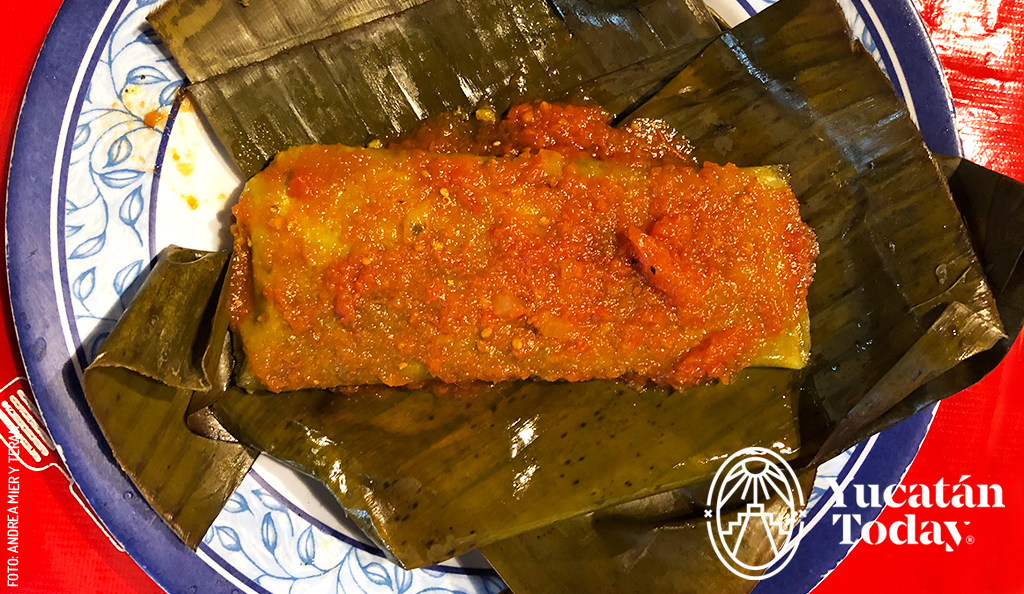
February 2 is Candlemas, when people who got plastic dolls in the Three King's Day bread are supposed to have a tamale dinner party. The religious significance is that it is the day for observing the ritual purification of Mary forty days after the birth of Jesus, as well as the presentation of Jesus in the Temple in Jerusalem. The day also has pagan roots and was a Christian adaptation of the older practices for this midwinter festivity from which we get our Groundhog Day.
Do you want to know more about this season in Yucatán?
- 6 Mérida Outings to enjoy Christmas with the whole family
- Hit it! It’s Piñata Season!
- Christmas Festivities in Mérida
- The Tradition of La Rama
- Receive the New Year Visiting Yucatán
- Celebrations of January 6
- The Five Staples of the Yucatecan Christmas Dinner
Photography by Yucatán Today, Magali Ramírez y Ayuntamiento de Tizimín, for its use in Yucatán Today.
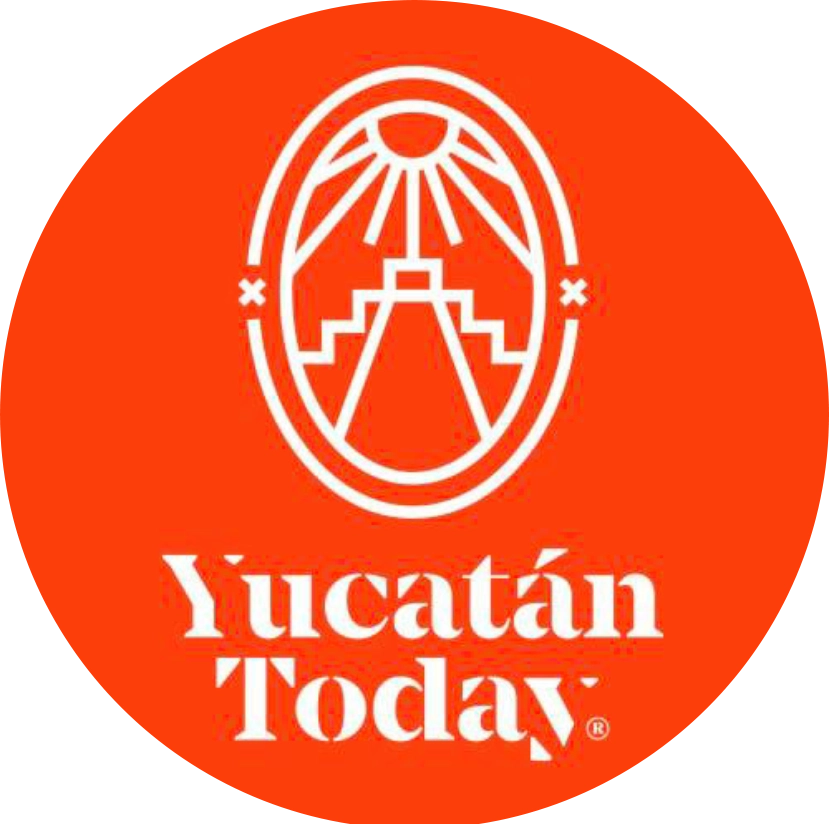
Author: Yucatán Today
Yucatán Today, the traveler's companion, has been covering Yucatán’s destinations, culture, gastronomy, and things to do for 37 years. Available in English and Spanish, it’s been featured in countless travel guides due to the quality of its content.
In love with Yucatán? Get the best of Yucatán Today delivered to your inbox.
Related articles
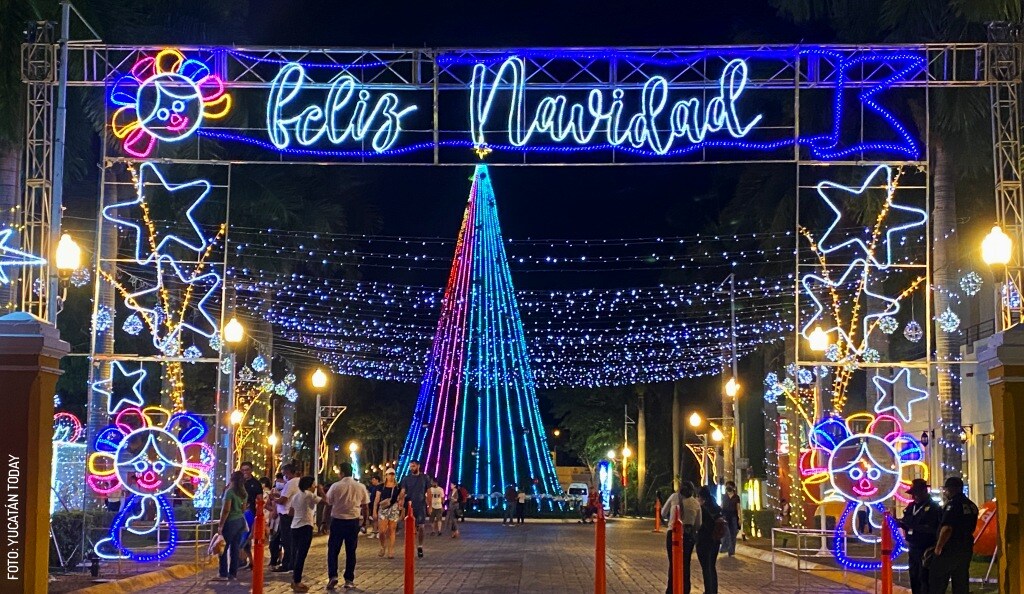
6 Mérida Outings to enjoy Christmas with the whole family
Discover the most charming corners of Merida during Christmas, Did you know them? The best Christmas decorations, shows and activities.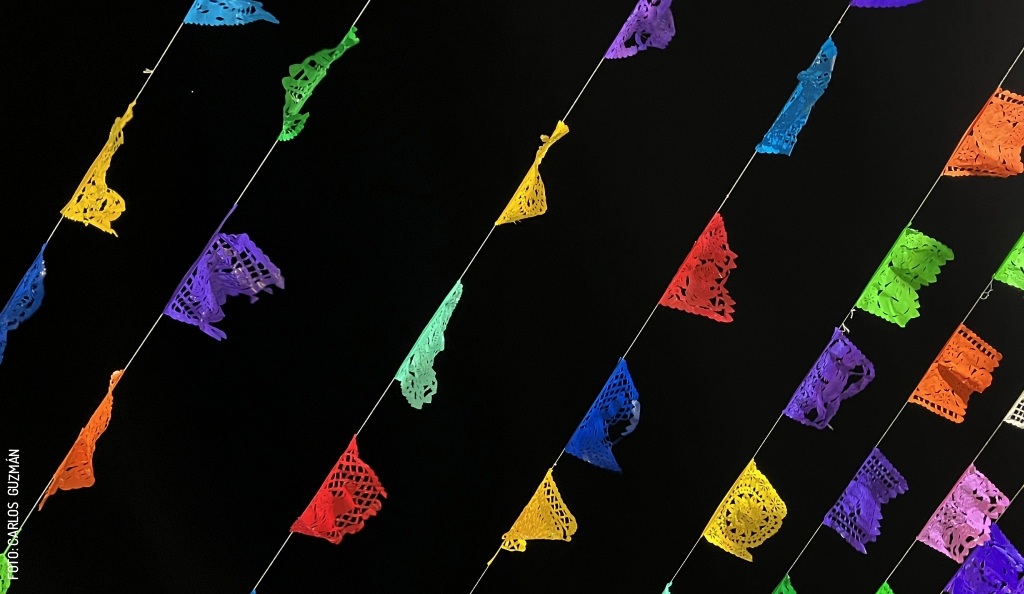
How to fully enjoy the 2026 Kings’ Fair in Tizimín
Get ready for the Feria de Reyes de Tizimín, one of the biggest celebrations in Yucatán. Enjoy traditions, music, food, and much more.